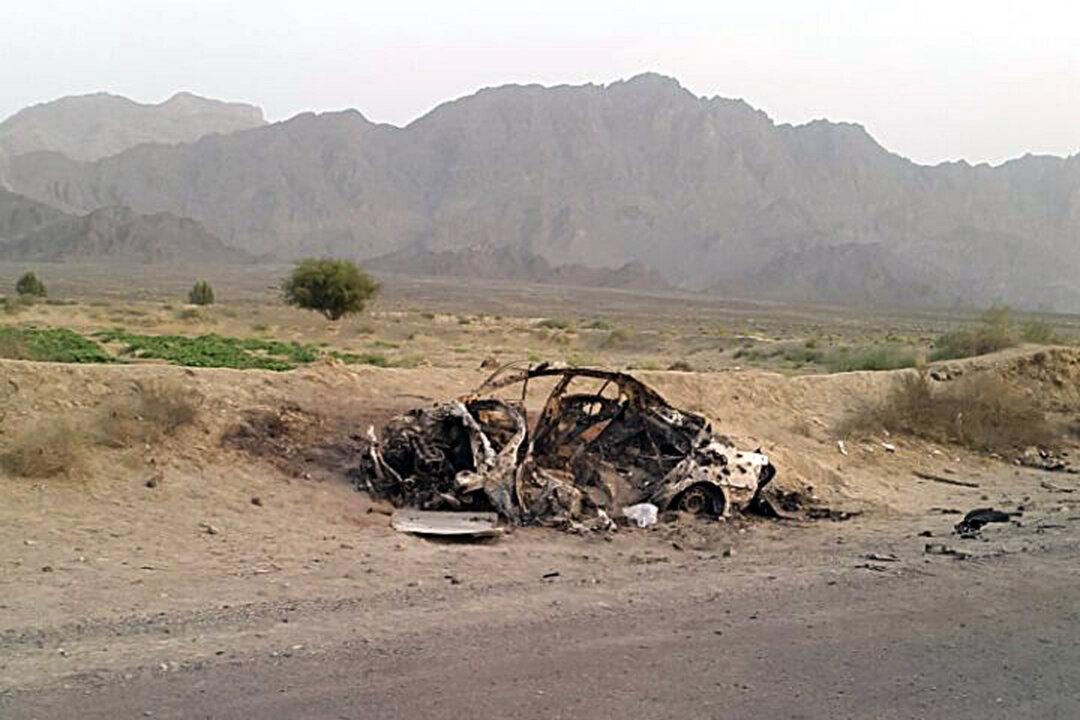The May 21 drone strike that killed Taliban leader Akhtar Mohammad Mansoor was no ordinary assassination; it was an act of armed politics against an acutely political war strategist. The Taliban has already named Mansoor’s successor, Mawlawi Haibatullah Akhundzada, and is reassuring its members that the status quo will endure—but Mansoor kept a steady hand on the tiller and, now he’s gone, the movement could struggle to hold the line.
Mansoor set the tone for a particular approach to the Afghan and Pakistani governments, one that endures today. For over a year, the United States has backed the efforts of Afghanistan’s President Ashraf Ghani to persuade the Pakistani government to bring the Taliban to the negotiating table. Mansoor was the architect of the Taliban’s response to these overtures, which ranged from obfuscation to downright rejection.
Much of this was directed against U.S.-backed Pakistani officials, whom Mansoor treated to a string of excuses, delays, and platitudes. These ultimately boiled down to the message that he was not ready to negotiate.

